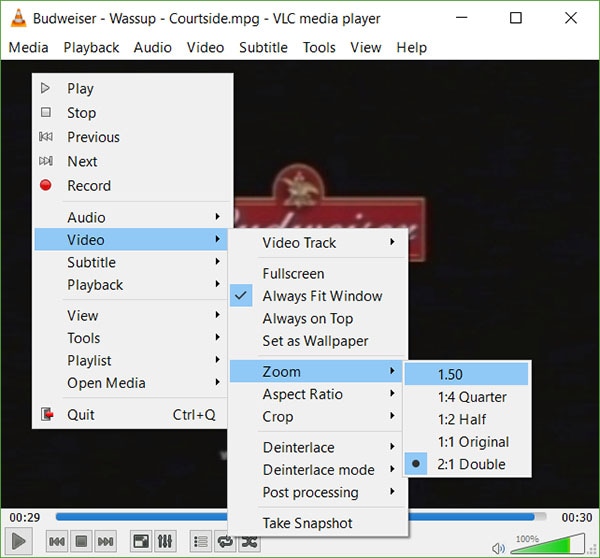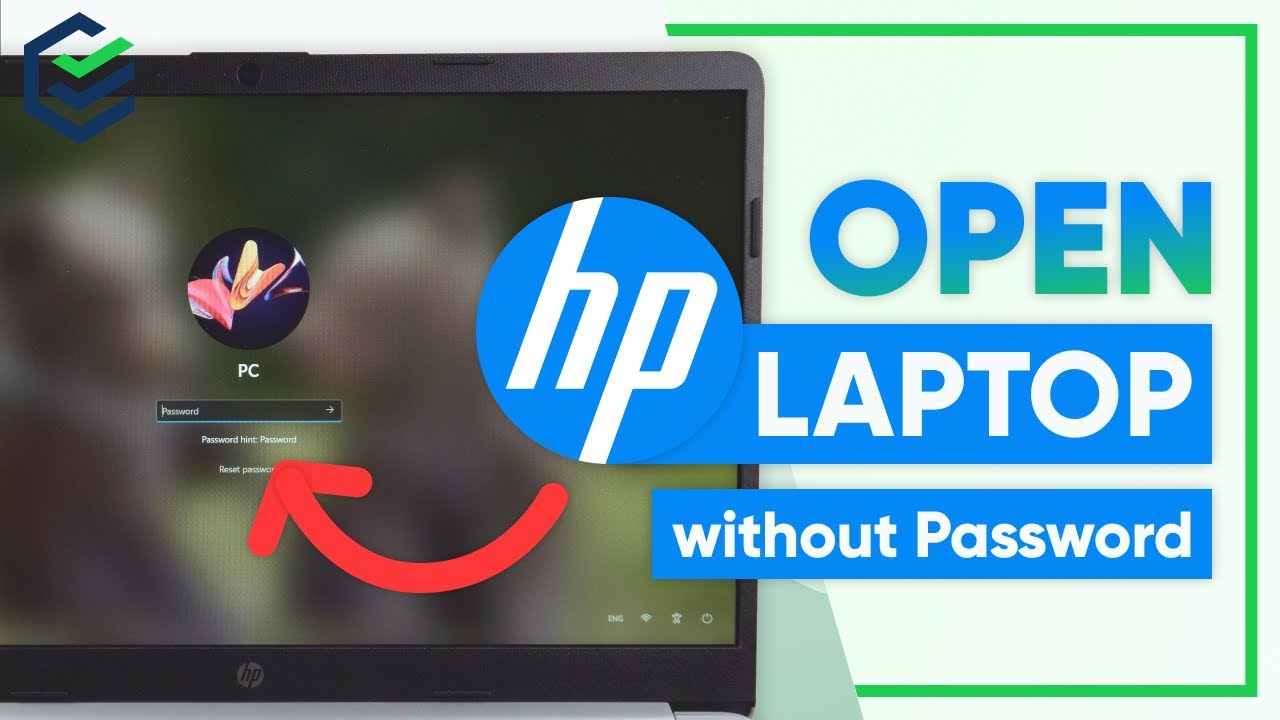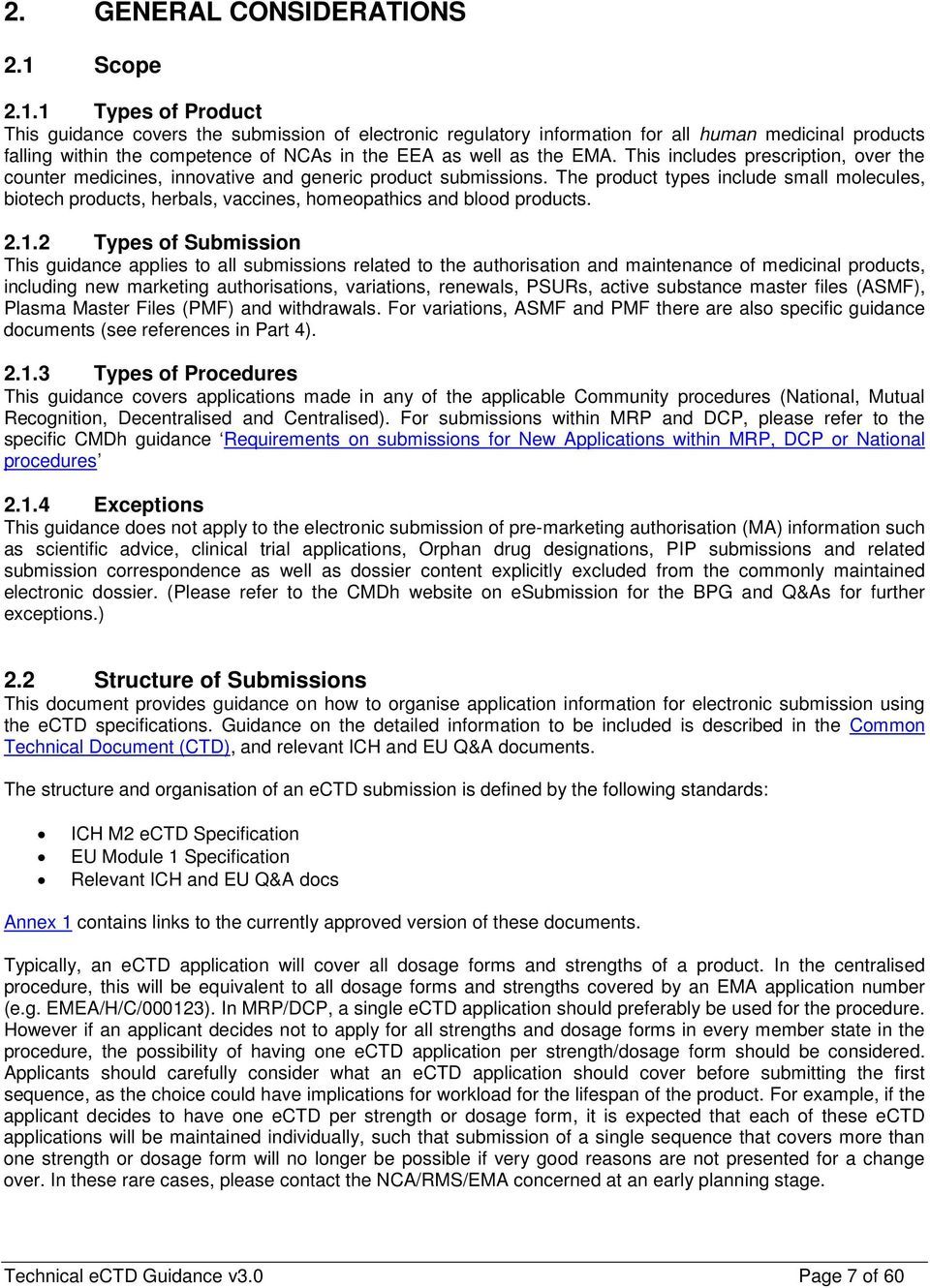Why is Everything on VLC So Tiny?

VLC Media Player, an incredibly versatile and popular multimedia software, has long been a favorite among users for its ability to play almost any media format without the need for additional codecs. However, one common issue that many users encounter is the seemingly tiny interface elements and text within the player. This issue, while minor, can be frustrating for those with high-resolution displays or those who prefer a more visually appealing experience. In this article, we delve into the reasons behind this phenomenon and explore practical solutions to make VLC's interface more accommodating for all users.
The Tiny Text and Interface Conundrum

Upon launching VLC, users often notice that the interface elements, such as the playback controls, menu options, and text, appear smaller than expected, especially when compared to other media players or modern applications. This issue is not limited to a specific version of VLC or a particular operating system, as it persists across various platforms and VLC iterations.
Understanding the Root Cause
The primary reason for the small interface elements in VLC can be attributed to the player’s design philosophy and its focus on functionality over aesthetics. VLC’s developers have prioritized performance, compatibility, and versatility, often at the expense of visual appeal. The player’s interface is designed to be minimalist and lightweight, ensuring it runs smoothly on a wide range of systems, from powerful desktops to resource-constrained devices.
Moreover, VLC's interface has remained relatively unchanged over the years, adhering to a classic, no-frills approach. While this consistency is commendable, it also means that the player has not fully embraced the advancements in high-resolution displays and modern UI design trends.
The Impact of Display Scaling
Another factor contributing to the perceived tininess of VLC’s interface is the display scaling settings on modern operating systems. With the advent of high-resolution screens, operating systems introduced scaling features to ensure that text and graphics remained legible. However, this scaling can sometimes result in interfaces appearing smaller, including that of VLC.
| Display Scaling Settings | Interface Size |
|---|---|
| 100% (Default) | Standard Size |
| 125% | Slightly Larger |
| 150% | Larger, More Readable |

Comparative Analysis: VLC vs. Modern Media Players
When compared to modern media players, such as MediaMonkey or PotPlayer, VLC’s interface might appear outdated and small. These newer players often boast sleek, customizable interfaces with larger buttons and clearer text, catering to users’ preferences for a more visually appealing experience.
Performance vs. Aesthetics: A Balancing Act
The developers of VLC have consciously chosen to prioritize performance and compatibility over visual aesthetics. This decision is evident in the player’s ability to handle a vast array of media formats and its minimal resource usage. However, as high-resolution displays become increasingly common, there is a growing demand for media players that offer both functionality and an enhanced visual experience.
Practical Solutions to Enlarge VLC’s Interface

Fortunately, there are several straightforward methods to increase the size of VLC’s interface elements and text, ensuring a more comfortable viewing experience.
Adjusting VLC’s Interface Scaling
VLC provides built-in scaling options that can be adjusted to suit individual preferences. Here’s how to increase the interface size within the player:
- Open VLC and navigate to the Tools menu.
- Select Preferences from the dropdown.
- In the Preferences window, go to the Interface section.
- Under Interface Scaling, choose a higher percentage (e.g., 125% or 150%) to enlarge the interface.
- Click Save and close the Preferences window.
- Restart VLC to apply the changes.
Modifying System Display Scaling
As mentioned earlier, system-level display scaling can impact VLC’s interface size. Adjusting these settings can lead to a more legible VLC experience:
- For Windows users, right-click on the desktop and select Display Settings.
- Adjust the Scale setting to a higher percentage.
- For macOS, go to System Preferences > Displays and adjust the Resolution or Display Zoom settings.
- For Linux, the process may vary depending on the desktop environment, but often involves adjusting settings in the Display or Monitor preferences.
Using Accessibility Features
Modern operating systems offer a range of accessibility features designed to assist users with visual impairments. These features can be leveraged to enlarge VLC’s interface:
- Windows: Go to Settings > Ease of Access > Display and adjust the Make everything bigger slider.
- macOS: Navigate to System Preferences > Accessibility > Display and enable the Zoom option.
- Linux: The process may vary, but many desktop environments offer accessibility settings or magnification tools.
Customizing VLC’s Skin
VLC supports the use of custom skins, allowing users to personalize the player’s appearance. While this method may not enlarge the interface elements themselves, it can provide a more visually appealing and modern look:
- Download a skin of your choice from the VLC Skins Gallery or other reputable sources.
- Locate the downloaded skin file and extract its contents.
- In VLC, go to Tools > Preferences and select the Interface section.
- Under Skins, choose the downloaded skin from the dropdown.
- Click Save and close the Preferences window.
- Restart VLC to see the new skin.
The Future of VLC’s Interface Design
As the demand for visually appealing interfaces grows, the developers of VLC have acknowledged the need for an interface refresh. While the player’s core strengths remain unchanged, there is a growing consensus among users and developers that VLC’s interface could benefit from a redesign to align with modern UI trends.
Proposed Changes and Future Updates
The VLC development team has proposed several interface improvements, including:
- Enhanced Scalability: Allowing users to easily adjust the interface size to suit their display and preferences.
- Modern Design Elements: Incorporating modern design principles to create a more intuitive and visually pleasing experience.
- Improved Usability: Streamlining the interface to make essential functions more accessible and user-friendly.
Community Input and Feedback
The VLC project, being open-source, actively encourages user feedback and contributions. The developers regularly seek input from the community to shape the future of VLC, including its interface design. Users can provide feedback, report issues, and even contribute code to help improve the player’s interface and overall user experience.
Conclusion
While the tiny interface elements in VLC may seem like a minor inconvenience, they highlight the player’s focus on functionality over aesthetics. However, with the evolution of display technology and user preferences, there is a growing need for VLC to adapt and offer a more visually appealing interface. Fortunately, with the proposed changes and the active involvement of the community, the future of VLC’s interface looks promising, ensuring that it remains a favorite among users while providing a more modern and user-friendly experience.
FAQ

How can I increase the size of subtitles in VLC?
+
To increase subtitle size in VLC, go to the View menu, select Subtitle Settings, and adjust the Font Size to your preferred size.
Can I customize VLC’s interface colors?
+
Yes, VLC allows you to customize interface colors. In the Preferences window, go to the Interface section, select Custom Style, and adjust the color settings to your liking.
Why do some videos appear stretched or distorted in VLC?
+
Videos may appear stretched due to aspect ratio mismatches. To fix this, go to the Video menu, select AspectRatio Corrector, and choose the appropriate aspect ratio for your video.
Is it possible to change the default VLC skin?
+
Absolutely! VLC supports custom skins. You can download and install skins from the VLC Skins Gallery or other sources, and then select your preferred skin in the Preferences window.


